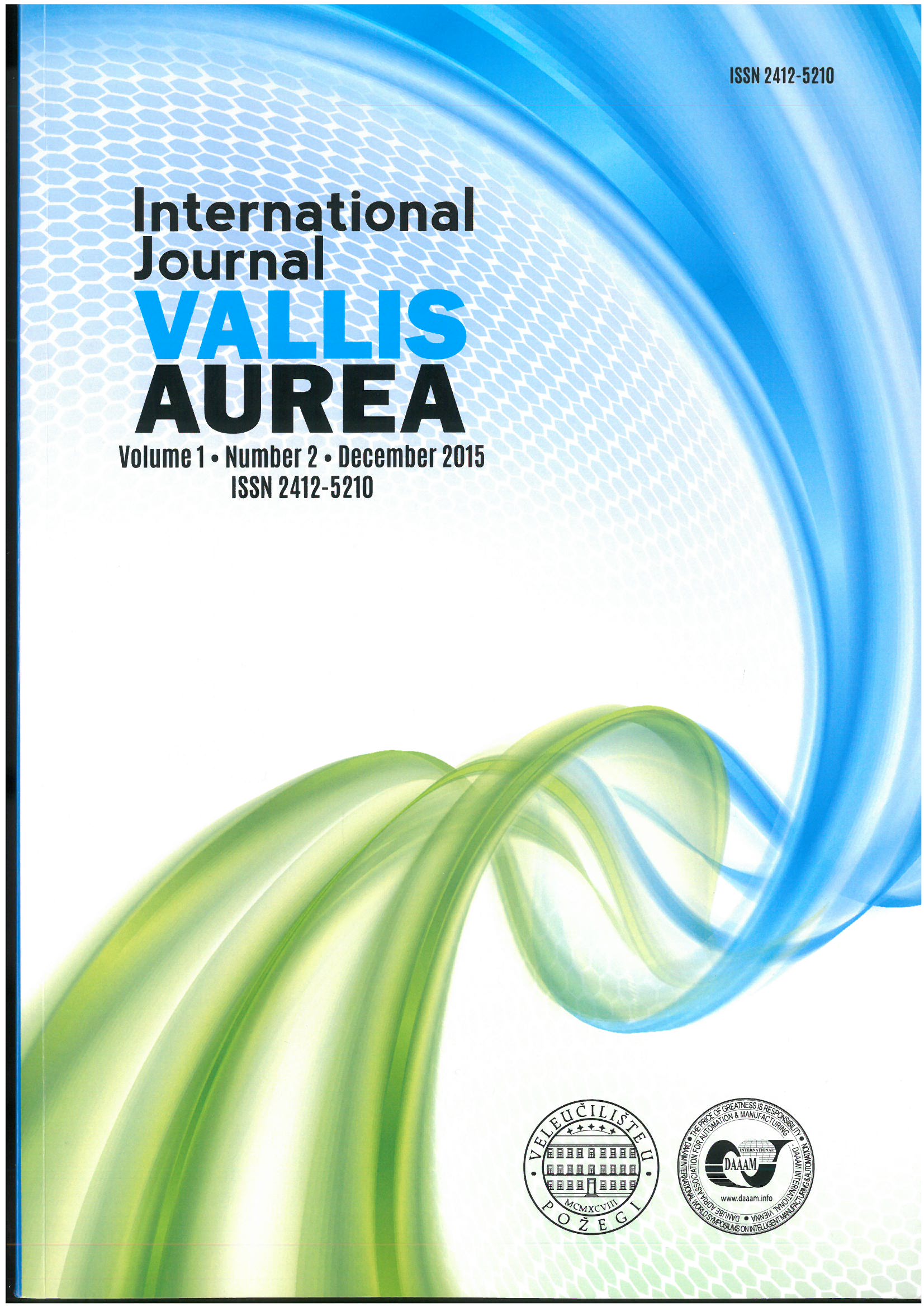Regional Development Through European Economic Interest Grouping (eeig)
DOI:
https://doi.org/10.2507/IJVA.1.2.11.22Keywords:
regional development, European Economic Interest Grouping (EEIG), entrepreneurshipAbstract
Regional Policy is the European Union’s main investment policy. It targets all regions and cities in the EU in order to support job creation, business competitiveness, economic growth, sustainable development, and improve citizens’ quality of life. The most recent territorial-cohesion conceptemployed by European institutions – themacro-regional strategies, currently involves EU Strategy for the Baltic Sea Region, Danube Region and Adriatic-Ionian Region.Therefore Croatia, as a new member of the EU, should devote special attention to regional development. The new Croatian Act on Regional Development aims to promote partnership as a key dimension of regional planning. The Act also introduces a new category of urban agglomerations which confirms the developmental role of the four largest cities in the Republic of Croatia – Zagreb, Split, Rijeka and Osijek.
The involvement of private business sector in regional development planning can contribute to increasing employment and investment. Also, companies can contribute to the entrepreneurial dimension of regional projects. Setting up a European Economic Interest Grouping (EEIG), represents one of the possibilities for new entrepreneurial projects development at the regional level. This form allows the cooperation between entrepreneurs and other stakeholders of regional development. Experience has shown that the various sectors implement theEEIG. In the Republic of Croatia it is a new topic, but certainly in the future there will be more such initiatives. The purpose of this paper is to examine the role of EEIG in the European Union regional development context. The main objective was to point out the advantages and risks of membership in the EEIG and to discuss possible impact of involvement in establishing an EEIG for differentCroatian partners.
Downloads
Published
How to Cite
Issue
Section
License
Copyright (c) 2015 International Journal Vallis Aurea

This work is licensed under a Creative Commons Attribution-NonCommercial-NoDerivatives 4.0 International License.
Authors of papers for publishing in the journal agree under a Creative Commons Attribution-NonCommercial-NoDerivatives 4.0 International License.https://creativecommons.org/licenses/by-nc-nd/4.0/







